|
5/30/2019 0 Comments My Notre Dame de Paris
As I wander the aisles of Notre Dame de Paris, I enjoy lingering at the small side chapels. I feel as if I’m visiting an old friend. I am not Catholic, but I appreciate the devotion to the Savior and his mission I see depicted all around me. I also love seeing remembrances of those devoted to Him during their lives—His mother Mary and grandmother Anne, Joan of Arc, St Denis, St Stephen, and the various apostles. I reverence the faith in the resurrection and the triumph over evil that is portrayed in the statues adorning the tombs. I marvel at the intricacy of the chancel screen, surrounding the altar and choir, carved with scenes from the life of Christ. I bask in the soft, but brilliant, colors of the stained glass, as the sun filters through and throws patches of blue and red and gold on the gray stone columns and floor. Although it is dark inside, and candles are burning everywhere, I feel the light of the dedication of artists and monks and heads of state and pilgrims and tourists who have come here for more than nine centuries to create, to worship, to wonder, and to feel peace.
This is my fifth trip to Paris, and I’m traveling with a handful of French teachers, soaking up the history and culture of this ancient and vibrant city. In college, I lived here for six months. So I have visited Notre Dame close to ten times, I am sure. I never get tired of the flicker of the candles, the hushed speaking, the feeling of awe, I sense here.
0 Comments
3/4/2019 3 Comments Below the Back Corner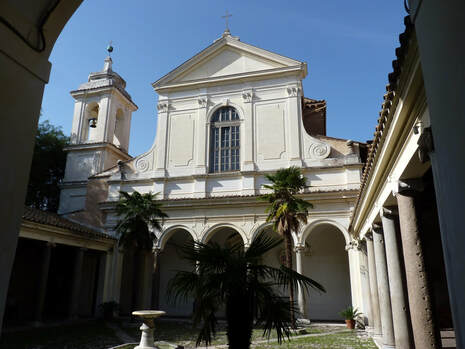 Rome: The Eternal City. The capital of Italy has long been respected and revered as the capital of one of the most powerful and ancient empires, along with housing Renaissance masterpieces and being the home of Christianity. Large sites, such as the Colosseum and the Pantheon, showcase ancient Rome’s finest workmanship and celebrate the majesty of the Roman Empire. Modern-day Rome stands atop many eras of Roman history, and one small church tucked behind the Colosseum offers a more intimate and in-depth look at the layers from which Rome was built. The Basilica of San Clemente al Laterano stands quiet and unimportant in a compact neighborhood. Built in the twelfth century, it stands small and inconsequential; just another of the many basilicas in Rome. But its worth lies far beyond the façade . . . and deep under the foundation. Enter the ground level, and you see a typical basilica: an apse, crucifixes, pews, an altar, and small chapels dedicated to saints. But tucked in a back corner, sits an old and splintering entryway into another time and world. Open the door, and you stand atop a stone staircase, looking into darkness. A cold air hits you, smelling of mildew and age. A small light illuminates the stairway, causing twisting shadows to fall around you. The door creaks shut and you descend the uneven staircase. Stone corridors break off from where you stand at the bottom of the staircase, and displays of crumbling frescoes, fragments of sculpture and columns, and ancient artifacts line the walls. You’ve reached the original Basilica of St. Clement, built in the fourth century. |
Archives
May 2019
Topics |
|
©History is the Hook, 2021
|

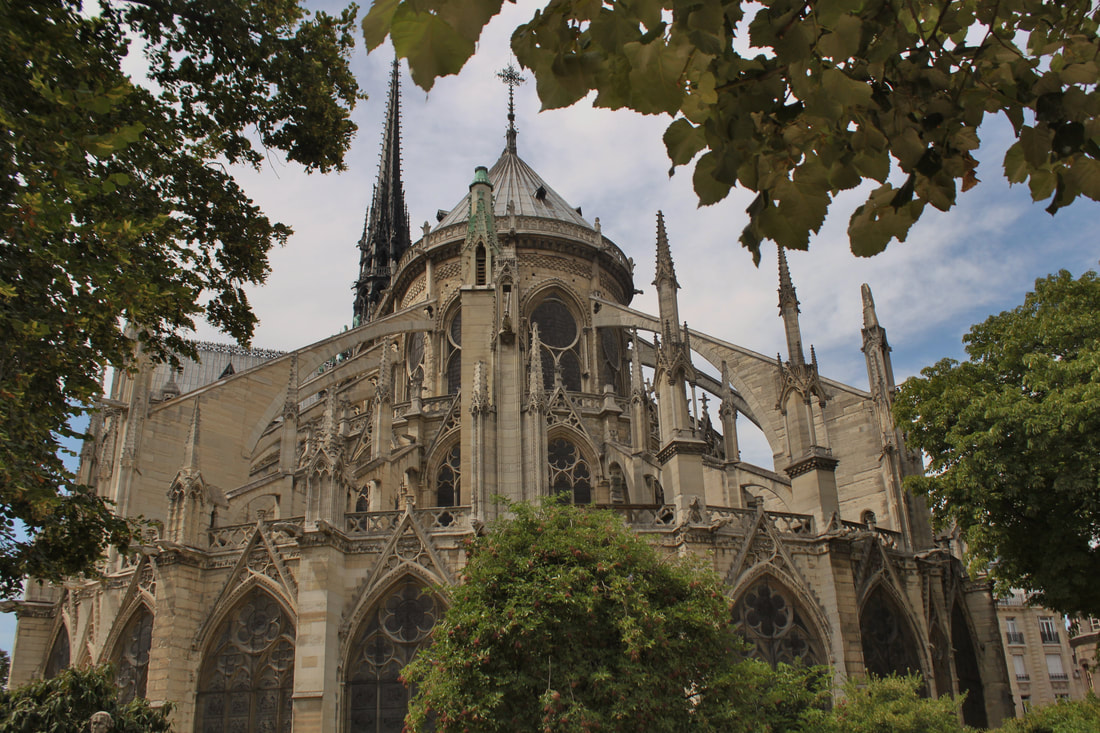
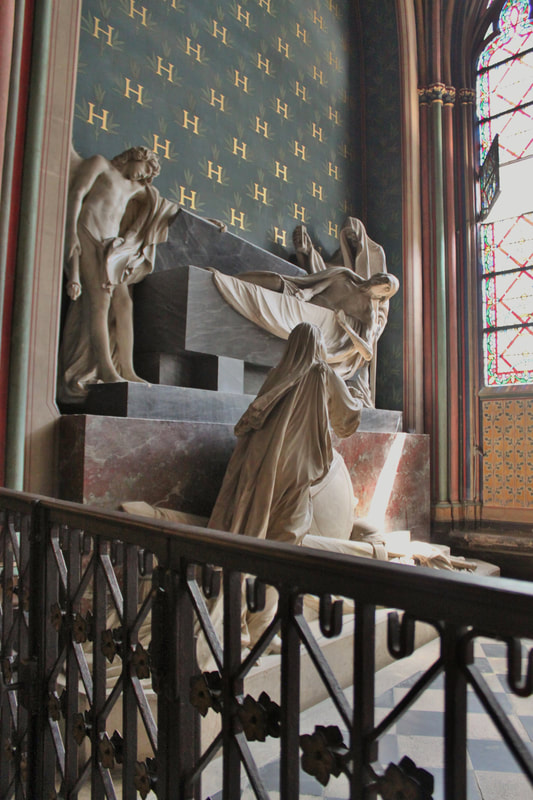
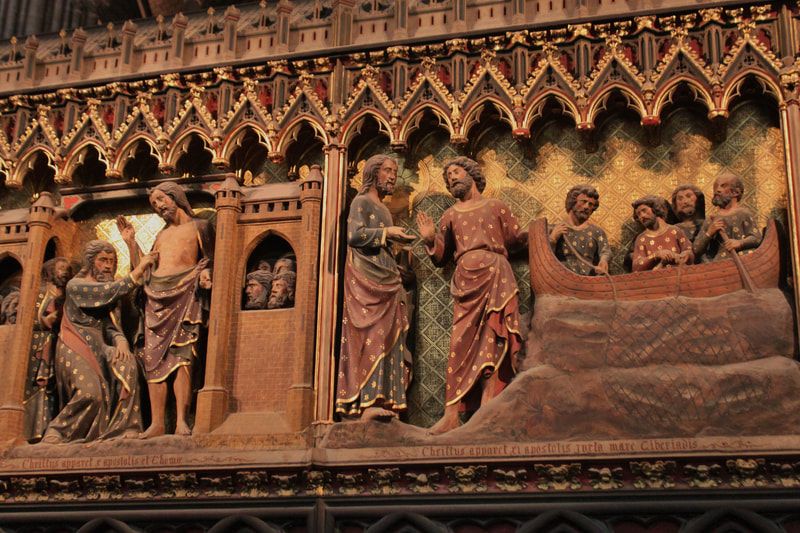
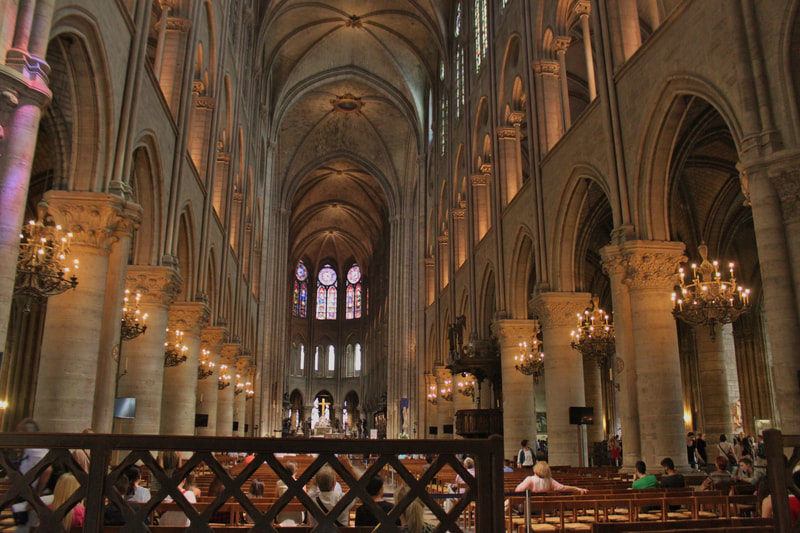
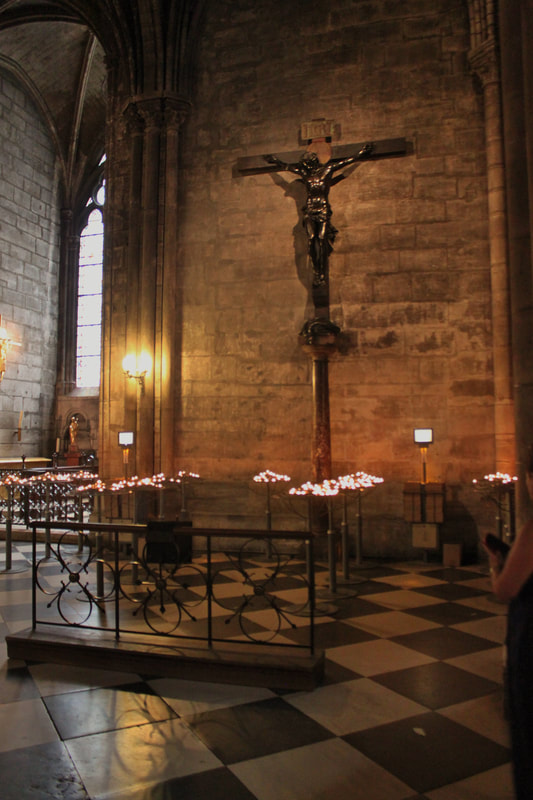
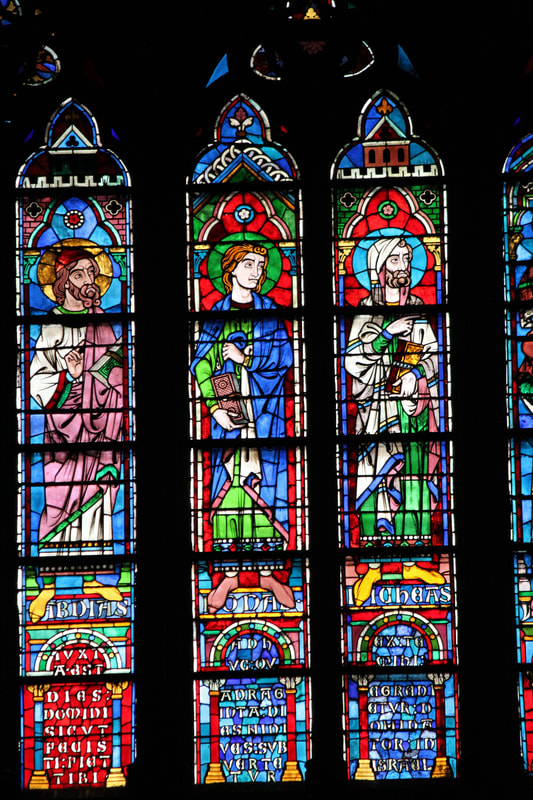
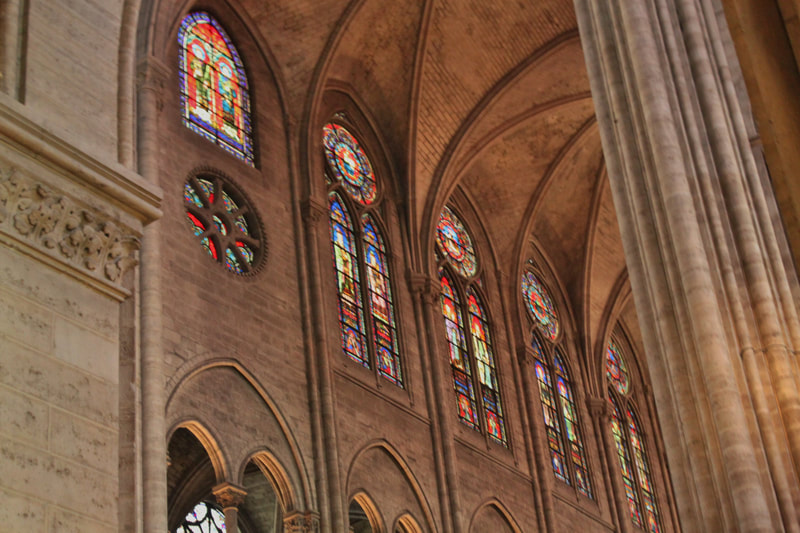
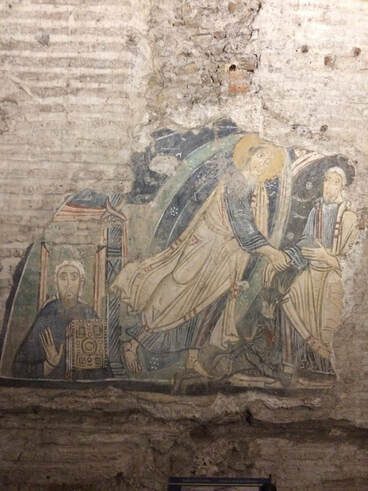
 RSS Feed
RSS Feed